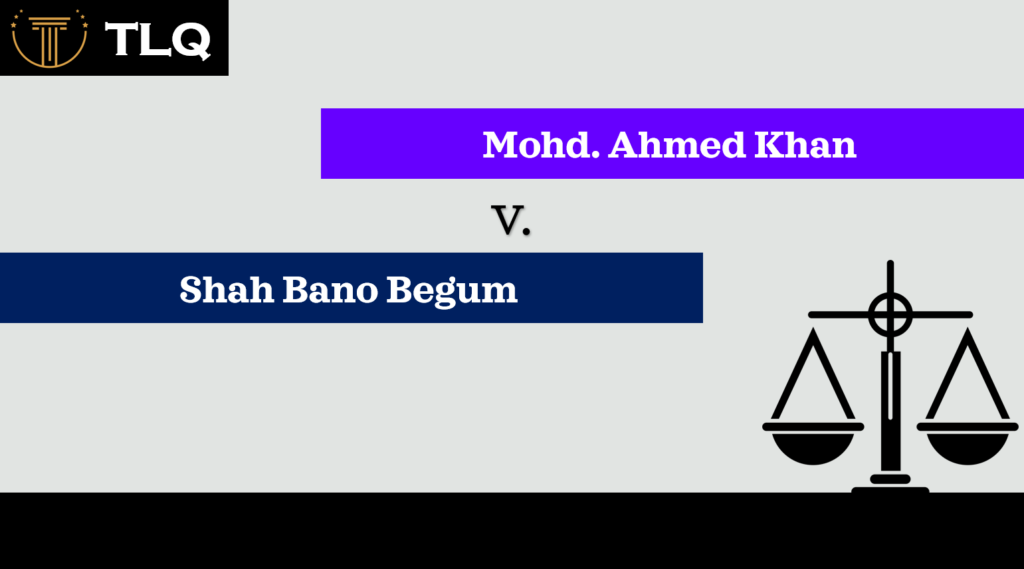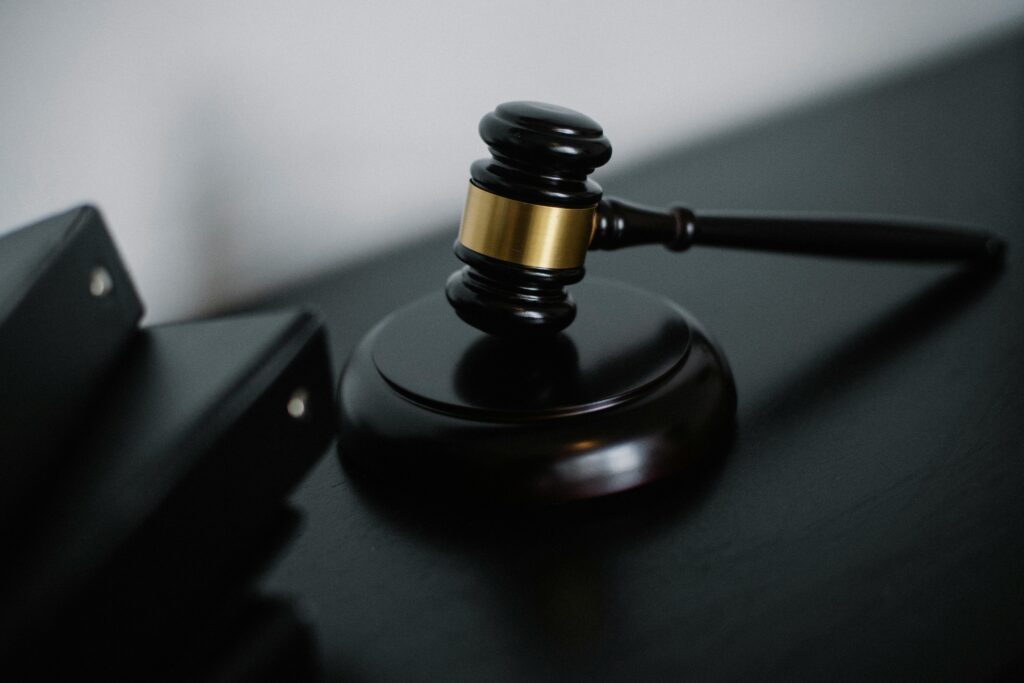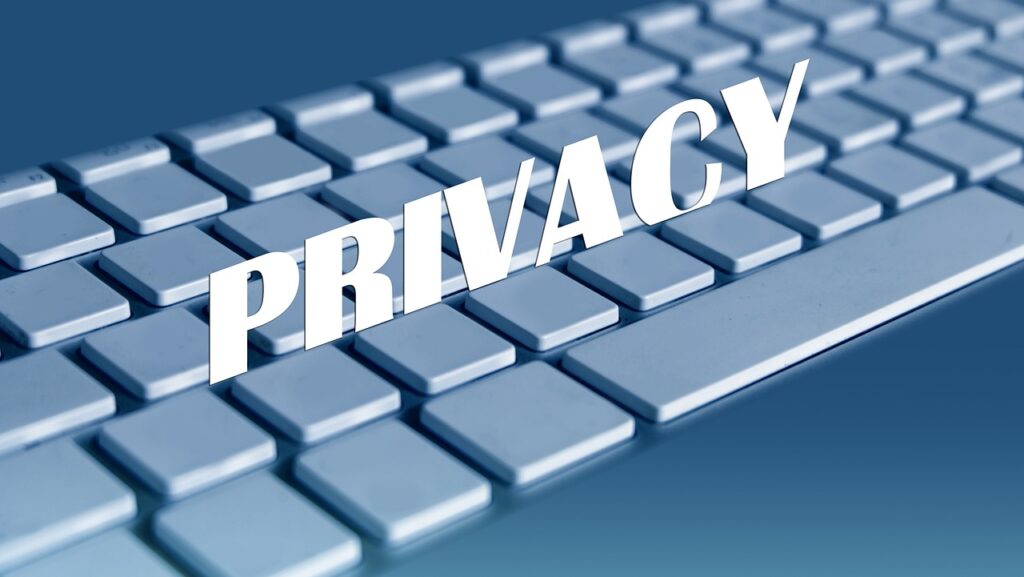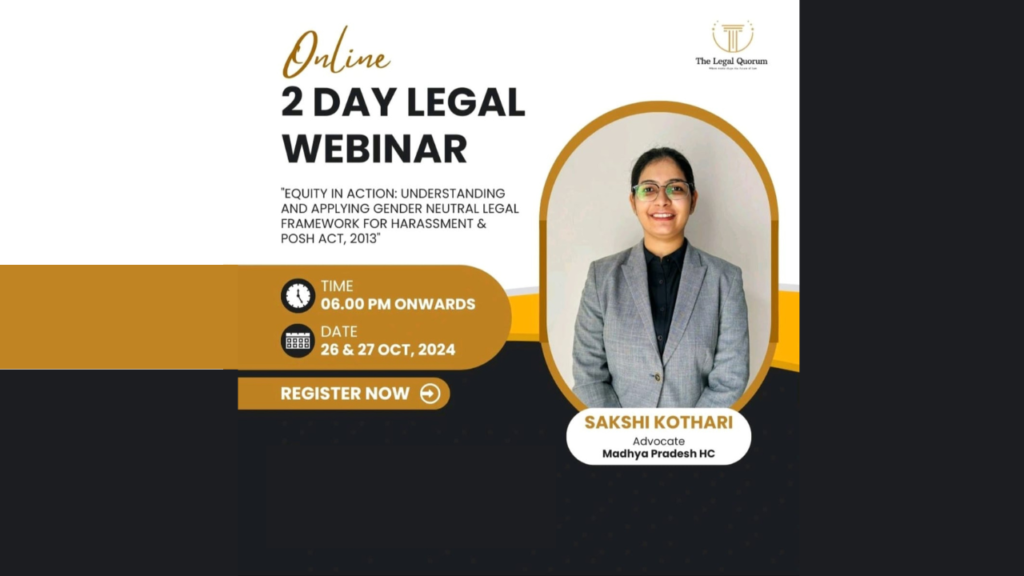Published on: 29th October 2025
Authored by: Shayaree Sen
Jogesh Chandra Chaudhuri Law
ABSTRACT
This article explores the complex interplay between hate speech and free speech, analyzing global and Indian legal perspectives. Through landmark cases and recent controversies, it highlights the societal impact of speech regulation and proposes a balanced approach to uphold free expression while addressing the dangers of incitement and intolerance.
KEYWORDS
Freedom of speech, hate speech, violence, public order, reasonable restriction, Article 19(1)(a).
INTRODUCTION
In a democratic state, people have the freedom to express themselves, which involves freedom of speech. Freedom of speech and expression means the right of people to express their own convictions and opinions freely through any communicable medium or visual representation.1
The origin of this freedom can be traced back to Ancient Greece. The Ancient Greek word ‘parrhesia’ means ‘free speech’ or ‘to speak candidly’. The term first appeared in the Greek literature around the end of the 5th century B.C.2
Though this is an indispensable democratic right, it is not absolute. The purpose of any right is to protect individual interest but not at the cost of harming others’. That’s why reasonable restrictions have been imposed upon the freedom of speech and expression as well. Hate speech is not protected under this freedom.
There is no universal definition of hate speech, it can vary significantly between jurisdictions. According to the 267th Report of the Law Commission of India, an encouragement to hatred directed mainly towards a group of people based on their race, ethnicity, gender, sexual orientation, religion or similar characteristics is inferred to as hate speech.3
Hate speech has the potential to deeply disturb the targets’ emotions and psychological well being, which can result in anxiety, sadness, and a feeling of social estrangement. Numerous instances of hate speech inciting mob violence, hate crimes, and even genocide may be found throughout history. The democratic ideals of equality and respect for all people are undermined by hate speech. Ironically, it has the power to stifle the freedom of expression of those it targets. Hate speech can make people or groups feel threatened, so they may self-censor to stop being targeted in the future. This reduces the variety of viewpoints in public conversation.
1 Rhiannon Wardle “Freedom of speech: What does it mean?” (FutureLearn, 2021)
<https://www.futurelearn.com/info/blog/freedom-of-speech>accessed 10 June 2025
2 History.com Editors ‘‘Freedom of Speech ‑ Origins, First Amendment & Limits’’ (History.com, 2017) <https://www.history.com/topics/united-states-constitution/freedom-of-speech> accessed 10 June 2025 3 Team NICA, “Combating Hate Speech – Current Affairs” (NEXT IAS – Made Easy Learnings Pvt. Ltd, November 16, 2024) <https://www.nextias.com/ca/current-affairs/16-11-2024/combating-hate-speech> accessed June 10, 2025
Now, the central question is where to draw the line between free speech and hate speech. As the line is very thin, determining when the potential harm is high enough to justify prohibiting speech is very crucial.
THE LEGAL LANDSCAPE: GLOBAL PERSPECTIVES
❖ Freedom of Speech & Expression in International Law:-
The UDHR (Universal Declaration of Human Rights), adopted by the United Nations in 1948, was the first piece of international legislation to guarantee the right to freedom of expression. Article 19 of the UDHR states that “Everyone has the right to freedom of opinion and expression; this right includes freedom to hold opinions without interference and to seek, receive and impart information and ideas through any media and regardless of frontiers.”4 Despite not having legal force behind it, the UDHR has served as a model for national constitutions and international human rights legislation. This served as the basis for what eventually developed into ICCPR (International Covenant on Civil and Political Rights) Article 19. The ICCPR’s Article 19 stipulates that everyone has the freedom to express himself and to hold beliefs without hindrance. But it also acknowledges that these liberties come with obligations and might be constrained in order to protect other people’s rights or reputations, national security, public order, public health, or morality.5
❖ National Approach to Hate Speech Regulation:-
India’s approach to regulate hate speech is based on Article 19(1)(a) of the Constitution, which guarantees freedom of speech. However, Article 19(2) permits reasonable limits to be in place in order to preserve public decency and order.6
The Indian Penal Code (IPC) is being replaced with the Bharatiya Nyaya Sanhita (BNS), 2023, which keeps many of the IPC’s harshest anti-hate speech regulations in place while updating the legal system. Sections 196 and 299 of the BNS, akin to their IPC equivalents (Sections 153A and 295A), prohibit inciting animosity between groups on the basis of religion, race, or language.
4 Nations U, “Universal Declaration of Human Rights” (United Nations) <https://www.un.org/en/about-us/universal declaration-of-human-rights> accessed June 10, 2025
5“International Covenant on Civil and Political Rights” (OHCHR) <https://www.ohchr.org/en/instruments mechanisms/instruments/international-covenant-civil-and-political-rights> accessed June 10, 2025 6 The Constitution of India, Art. 19
Additionally, they penalize intentional actions meant to incite religious feelings. Similar to the former Section 505 of the IPC, Section 353 of the BNS prohibits hate speech that disturbs the public peace or incites violence. These clauses give harsher fines and more precise definitions than the current hate speech regulations.
Furthermore, intermediaries are accountable for eliminating illegal content under the Information Technology (Intermediary Guidelines and Digital Medial Ethics Code) Rules, 2021, which control digital hate speech.
Another significant legislative measure in India that aims to suppress hate speech and discrimination against underprivileged groups is the Prevention of Atrocities Act, 1989 (SC/ST Act). Speech that intimidates or disparages people on the basis of their caste or tribal identification is expressly prohibited by law. Notwithstanding the fact that the Act has given marginalized groups legal protection, there have been worries about its abuse because some lawsuits have been brought to harass opponents.7
THE IMPACT OF HATE SPEECH ON SOCIETY: CURRENT SCENARIO
Hate speech is a type of expression that targets people or groups because of traits like gender, religion, or colour. It exacerbates prejudice, divides people, and breeds animosity, which frequently results in violent or discriminatory behaviours. But there is a thin line between free speech and legally actionable hate speech. A speech can only be restricted by law if it incites violence in obvious manner or lead to disruption of public order not otherwise. The Supreme Court affirmed free speech in S. Rangarajan v. P. Jagjivan Ram (1989)8, stating that censoring speech because of possible public disturbance would be detrimental to democracy.
It is true that the proliferation of hate speech in the digital age is a serious problem. Social media platforms struggle to combine preserving free expression with filtering offensive content as it spreads quickly. It is challenging to properly implement content filtering due to the overwhelming number of user-generated content. Even while they can be useful, automated
7“Hate Speech” (Drishti IAS, October 7, 2023) <https://www.drishtiias.com/daily-updates/daily-news-analysis/hate speech-5> accessed June 10, 2025
8S Rangarajan v P Jagjivan Ram, Supreme Court of India, 30 March 1989, (Indian Kanoon) <https://indiankanoon.org/doc/341773/> accessed June 10, 2025
systems can miss linguistic nuances, particularly in context-specific settings, which can result in excessive or insufficient censorship. Legal frameworks that could go too far, like Section 66A of the Indian IT Act9, have drawn criticism because they put platforms in a difficult position between following the law and coming under public scrutiny. In severe circumstances, it can provoke widespread violence, as demonstrated by worldwide riots and acts of genocide. Thus, it is crucial to regulate hate speech in order to preserve social cohesiveness and uphold the values of equality and human rights.
But nowadays this idea of restricting speech is broadly changing. If we look at the recent case of Ranveer Allahabadia10, we can see that the outrage broke out mainly due to “hurting the sentiments of masses and offensive remarks”. Though the remarks were highly disrespectable, did it threaten the integrity or democracy of our nation or created any harm or was the whole controversy took place because it offended prevailing norms of taste and modesty. There are thousands of example where speeches are restricted not because of hatred or disrupting public order but because it angers or irritates the masses. Another recent example is the Kamal Haasan controversy where the court advised him to apologise to the sentiments of the masses which sets an arbitrary precedent that expression must pass the popularity test. Judges are the guardian of the constitution, the must protect the right to speak not the comfort of the listener.11
LANDMARK CASES: DRAWING THE LINE IN PRACTICE
➢ S. Rangarajan v. P. Jagjivan Ram (1989)12,
. The case concerned a movie that had received backlash for possibly escalating caste conflicts. According to the Court, speech restrictions are only appropriate where there is an obvious and immediate threat to public order. This ruling balanced free speech against the threat of hate speech, reaffirming that the mere fear of unrest is insufficient justification for restricting it.
➢ Balwant Singh v. State of Punjab (1995)13,
9 The Information Technology Act 2000, s 66A
10 Ranveer Gautam Allahabadia vs Union Of India, Supreme Court of India, 3 March, 2025 (Indian Kanoon) <https://indiankanoon.org/doc/60153613/> accessed June 10, 2025
11Sanjay Hegde “Judicial sensitivity to sentiments is a sign of regression” The Hindu (Delhi, 9 June 2025) 8 12 Rangarajan (n 8)
13 Balwant Singh v State of Punjab AIR 1995 SC 1785
Balwant Singh v. State of Punjab (1995) is a notable case in which two people were accused of inciting sedition and propagating hatred in accordance with Sections 124A and 153A of the Indian Penal Code for yelling phrases such as “Khalistan Zindabad” following the killing of Indira Gandhi. They were found not guilty by the Supreme Court, which held that mere slogans devoid of any call for violence or disturbance of the peace do not qualify as hate speech or sedition. This ruling upheld the line that separates the expressing of contentious or unpopular views from actual dangers to public order. Discussions over free speech, sedition, and the improper application of hate speech laws to quell political dissent were spurred by this case. The majority of the public agreed with the decision, highlighting the necessity of a fair strategy to avoid going too far in restricting expression.
PROPOSALS FOR BALANCING FREEDOM & RESPONSIBILITY A. Clear and Precise Legislation:-
Laws must be precise and specifically designed in order to strike a balance between the right to free speech and the necessity of regulating hate speech. Excessive censorship and the repression of free speech might result from vague or broad regulations. In order to ensure that laws target communication that incites violence, discrimination, or harm rather than just disagreeable or contentious ideas, they should concentrate on accurately defining hate speech. Laws can efficiently identify harmful speech while preserving the right to free speech, as evidenced by the U.S. Supreme Court’s “imminent lawless action” criteria in Brandenburg v. Ohio14 and Germany’s Network Enforcement Act (NetzDG)15. Unambiguous rules enable just enforcement and safeguard the rights of the populace.
1. Promoting Counter-Speech:-
Positive speech in reaction to hate speech, or counter-speech, is an effective strategy for stifling damaging narratives while upholding the right to free speech. Counter-speech can lessen the impact of hate speech by fostering empathy and a diversity of opinions. Here, education and awareness-raising initiatives are essential in promoting tolerance and
14 Brandenburg v Ohio, 395 US 444 (1969) (USSC)
15 Network Enforcement Act (NetzDG), 2017 (Germany)
critical thinking in children at an early age. Governments, civil society organizations, and educational institutions can collaborate to provide people the skills they need to effectively confront hate speech, promoting discussion as opposed to repression. Giving people the voice to speak out against hate helps to create a public conversation that is more resilient and inclusive.
2. Ethical Responsibilities of Media and Platforms:-
Public debate is greatly influenced by media sources and social media platforms, and this leads to accountability. Establishing moral standards for conventional and digital media helps guarantee fair and accountable reporting. Platforms ought to create unambiguous community guidelines that support free speech and prohibit hate speech. Through transparent decision-making procedures and content filtering, self-regulation enables platforms to handle offensive expression without resorting to harsh suppression. Independent monitoring organizations and user involvement in community guidelines development are two ways that media and platforms can promote safer and more civil online communities.
CONCLUSION
In conclusion, striking a balance between hate speech and freedom of speech is still a difficult moral and legal issue. In a democratic society, the freedom of speech is essential, but unbridled freedom may be dangerous, particularly when it becomes hate speech.
Government policies often face public backlash, as some perceive them as curbing freedom, while others argue they are necessary to prevent societal harm. The key to a critical examination is realizing that neither extreme is beneficial; too much restriction may stifle important public debate, while complete freedom may encourage violence.
Speech that encourages discrimination, incites violence, or poses an immediate threat of damage should be prohibited. But just as crucial is to make sure that these limitations don’t go too far in defending the fundamental rights of criticism and dissent that underpin democratic government. Therefore, maintaining free speech requires balancing it with the obligation to protect the rights and dignity of every person.
REFERENCES
- Rhiannon Wardle “Freedom of speech: What does it mean?” (FutureLearn, 2021) <https://www.futurelearn.com/info/blog/freedom-of-speech>accessed 10 June 2025 2. History.com Editors ‘‘Freedom of Speech ‑ Origins, First Amendment & Limits’’ (History.com, 2017) <https://www.history.com/topics/united-states-constitution/freedom-of speech> accessed 10 June 2025
- Team NICA, “Combating Hate Speech – Current Affairs” (NEXT IAS – Made Easy Learnings Pvt. Ltd, November 16, 2024) <https://www.nextias.com/ca/current-affairs/16-11- 2024/combating-hate-speech> accessed June 10, 2025
- Nations U, “Universal Declaration of Human Rights” (United Nations) <https://www.un.org/en/about-us/universal-declaration-of-human-rights> accessed June 10, 2025
- “International Covenant on Civil and Political Rights” (OHCHR) > accessed June 10, 2025 6. The Constitution of India, Art. 19
- “Hate Speech” (Drishti IAS, October 7, 2023) <https://www.drishtiias.com/daily updates/daily-news-analysis/hate-speech-5> accessed June 10, 2025
- S Rangarajan v P Jagjivan Ram, Supreme Court of India, 30 March 1989, (Indian Kanoon) <https://indiankanoon.org/doc/341773/> accessed June 10, 2025
- The Information Technology Act 2000, s 66A
- Ranveer Gautam Allahabadia vs Union Of India, Supreme Court of India, 3 March, 2025 (Indian Kanoon) <https://indiankanoon.org/doc/60153613/> accessed June 10, 2025 11. Sanjay Hegde “Judicial sensitivity to sentiments is a sign of regression” The Hindu (Delhi, 9 June 2025) 8
- Balwant Singh v State of Punjab AIR 1995 SC 1785
- Brandenburg v Ohio, 395 US 444 (1969) (USSC)
- Network Enforcement Act (NetzDG), 2017 (Germany)
- Gunatilleke, G. (2020) ‘Justifying limitations on the freedom of expression’, Human Rights Review, 22(1), pp. 91–108. Doi:10.1007/s12142-020-00608-8.
- Shipley Jordan , Roblot T and Wilson M, “Balancing Free Speech with Appropriate Restrictions at the National Level” [2023] Lessons on Disinformation and Election Disputes Election Case Law Analysis Series November | 2023
- “What Does Free Speech Mean?” (United States Courts) <https://www.uscourts.gov/about federal-courts/educational-resources/about-educational-outreach/activity-resources/what does-free-speech-mean> accessed June 10, 2025
- “Brandenburg v. Ohio” (Global Freedom of Expression, February 16, 2015) <https://globalfreedomofexpression.columbia.edu/cases/brandenburg-v-ohio/> accessed June 10, 2025




